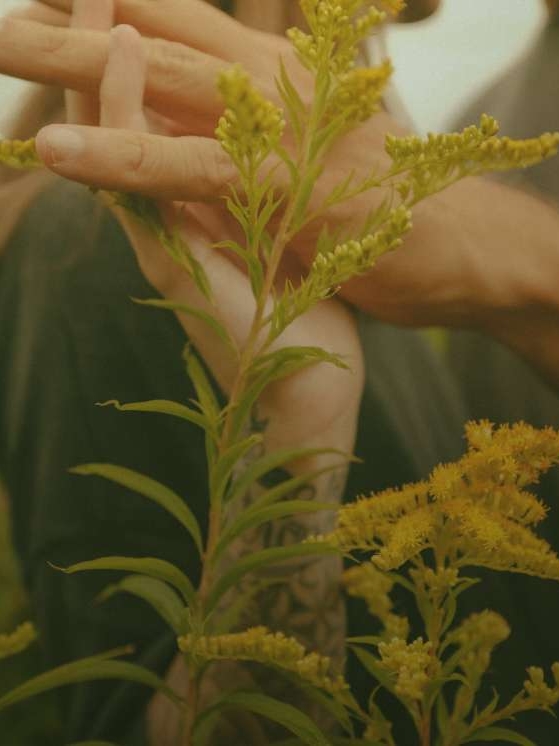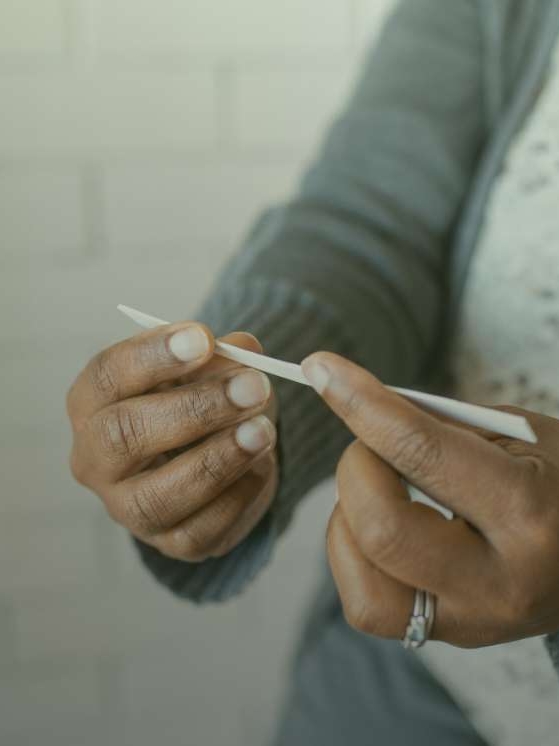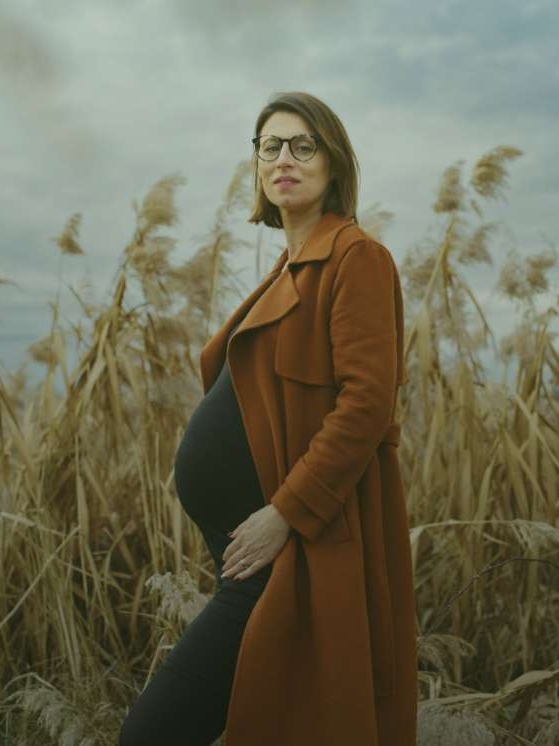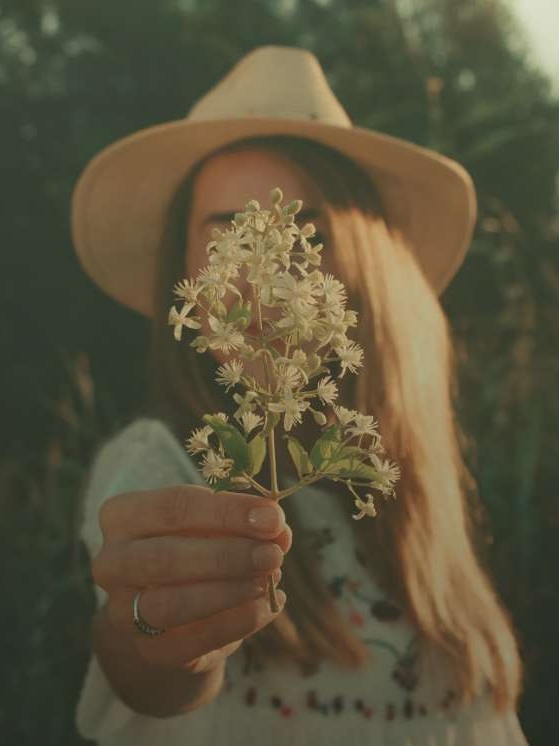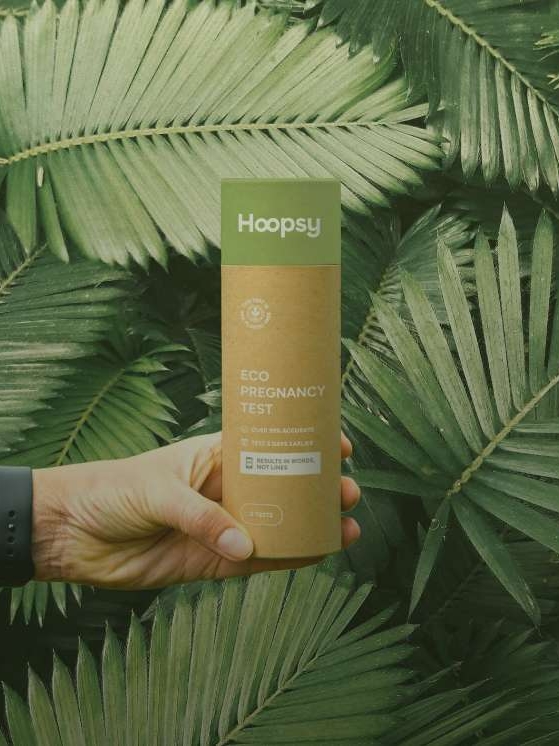Plastic. It’s everywhere. It’s in our oceans, on our mountains, in our food, and even inside our bodies. At a recent Plastics Symposium on Monday, hosted by NYU Langone Health, Professor Richard C Thompson OBE FRS, a marine biologist, delivered a keynote address with a simple yet urgent message: we already know enough about plastic pollution to take action. So, why are we still spending so much time discussing the problem instead of working on solutions?
Plastic Pollution Isn’t Just About Litter
When we think of plastic pollution, most of us picture bottles floating in the ocean or bags tangled around wildlife. But here’s the twist: pollution happens throughout the entire lifecycle of plastic – from the moment it’s produced, to when we use it, and finally when we (try to) throw it away.
Some eye-opening facts shared:
- Plastics come in all sizes, from the huge to the microscopic. Mega plastics, like abandoned fishing nets or large containers, are rare but striking. Macro plastics – think bottles, bags, and food wrappers – are part of everyday life. Microplastics, such as tiny fragments from clothes or packaging, and nanoplastics, which are invisible to the naked eye, are small but found everywhere.
- Microplastics have already been found in over 1,300 species. For example, a study of 500 fish from UK waters found that one-third contained plastics. These tiny particles are present in creatures all the way from the base of the food chain to top predators, raising concerns about widespread, potentially irreversible environmental effects over the next 100 years.
- As plastics break down, they become more available for animals (and us!) to ingest. They’ve been detected in human tissues – meaning we’re carrying plastics around without realising.
It’s not just about litter anymore. It’s about a system that’s broken.
Yes – Plastics Affect Our Health!
The uncomfortable truth? We’re eating, drinking, and breathing plastic. Studies have shown microplastics in our food, our water, and even the air we breathe.
And while researchers are still piecing together the full picture, we already know enough: the chemicals linked to plastics can be harmful to humans. Waiting around for absolute certainty isn’t good enough – because uncertainty often gets used as an excuse for inaction.
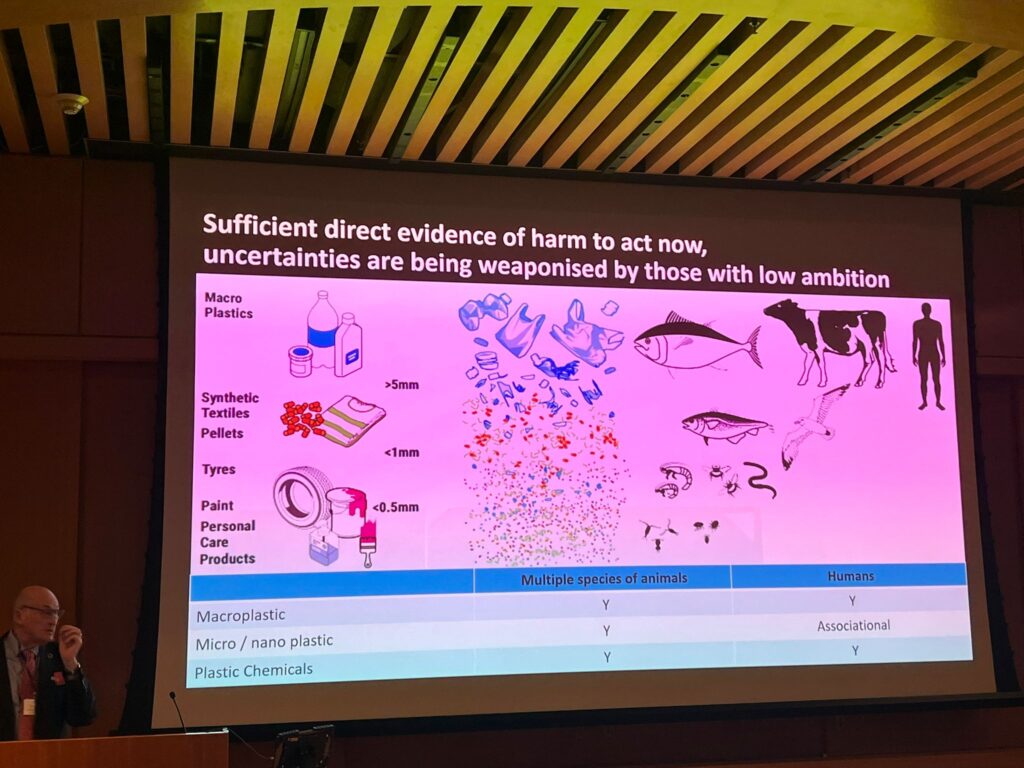
“Reduce, Reuse, Recycle”
We’ve all grown up with the slogan reduce, reuse, recycle. It’s been around since the 70s. But in reality? We’ve never been clear on how to truly make it work.
Here’s what’s working (and what isn’t):
- Not working: Harbour cleanup devices that harm marine life while barely collecting plastic.
- Not working: Most washing machine filters (only 2 out of 5 tested made a real difference).
- Working: Smarter textile design that reduces fibre shedding by up to 80%.
What this shows is that small fixes aren’t enough. Change has to start at the design stage, long before products reach our homes.
And while these big changes are essential, our everyday swaps matter too. At Hoopsy, for example, we’ve created eco pregnancy tests that cut down on single-use plastic. It’s just one way to show that design and sustainability can go hand in hand.
What Needs to Change (and Fast)
Governments, brands, and regulators can’t ignore this anymore. Some key steps forward include:
- Tackling plastics in groups, not one item at a time.
- Regulate plastic products that society needs whilst ensuring they are also safe and sustainable.
- Setting strong standards based on protecting people and the planet, not just market needs.
- Accounting for the true cost of doing nothing (to health, to the environment, to future generations).
- Ensuring the Global Plastic Treaty is based on real, independent science.
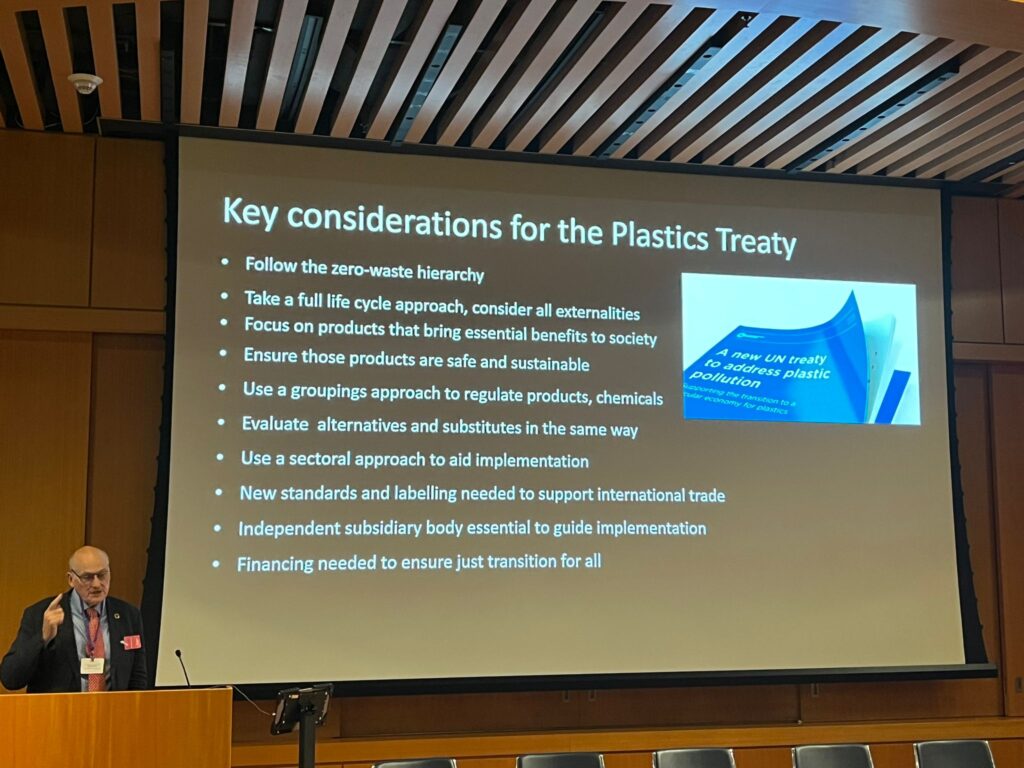
The Takeaway
We’ve done enough research to know the problem inside out. Now it’s time to shift the focus to solutions.
Plastic pollution isn’t just about cleaning up beaches. It’s about redesigning a system so we don’t create so much waste in the first place. And that starts with all of us demanding better.
Because really – how much longer can we afford to wait?
What’s one plastic-free swap you’ve made in your everyday life that you’d recommend to others? One swap I’d recommend is plant-based toothbrush floss. You and the environment would benefit from using silk or bamboo fibre floss instead of plastic-coated nylon. Share your ideas in the comments!
About Hoopsy
Hoopsy is on a mission to make healthcare more sustainable—starting with eco pregnancy test kits. Our plastic-free, paper-based hCG pregnancy test strips reduce waste without compromising accuracy. We believe better health starts with better choices—for you, and for the planet.
Learn More About…




